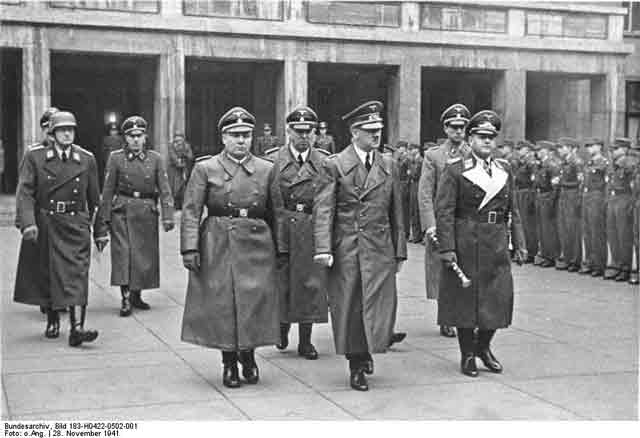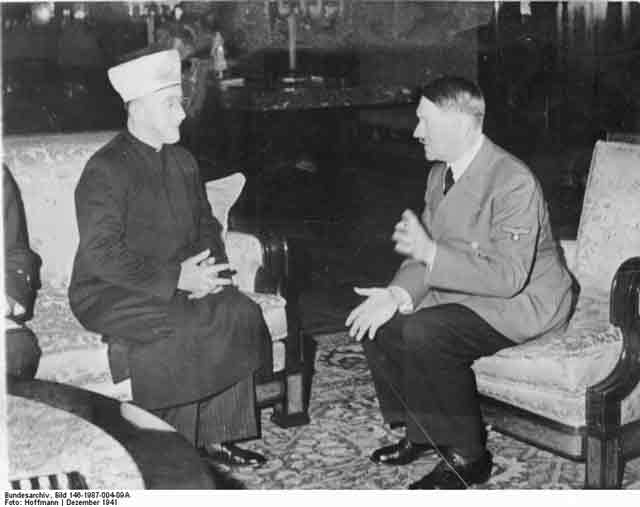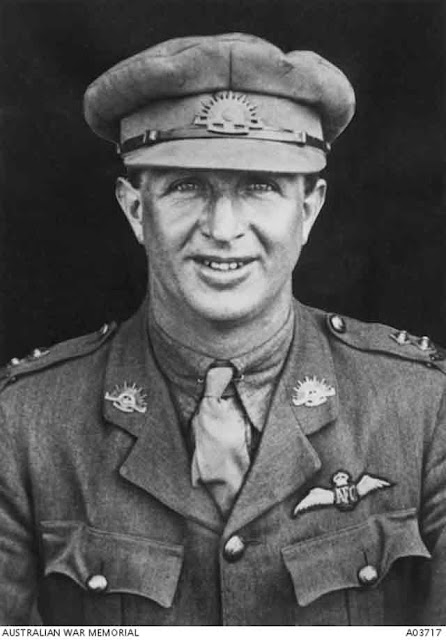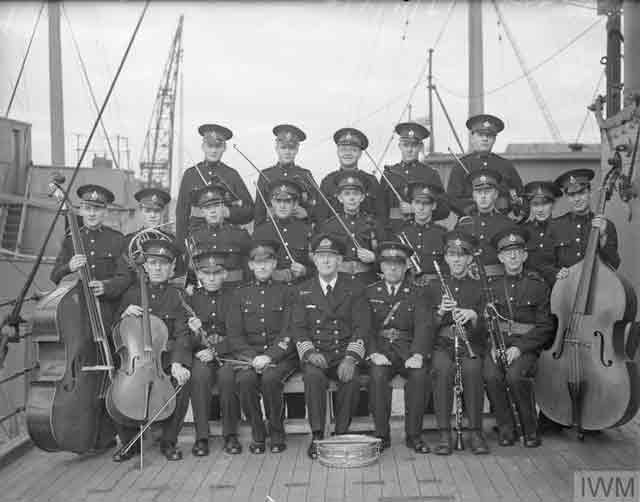Friday 28 November 1941
 |
| At the funeral for Colonel Werner Mölders on 28 November 1941, Adolf Hitler leads a delegation at the Reich Aviation Ministry. In the main group are, right to left, Field Marshal Erhard Milch (carrying baton), Hitler's attending physician SS Sturmbannführer Dr. Karl Brandt, Adolf Hitler, Hitler's Adjutant SS Gruppenführer Julius Schaub, and Reich Minister and Chief of the Reich Chancellery SS Obergruppenführer Martin Bormann (Federal Archive Figure 183-H0422-0502-001). |
 |
| Adolf Hitler arriving at the funeral of Colonel Werner Mölders on 28 November 1941. Hitler is in his Mercedes Cabriolet and is passing the military band (Federal Archive Figure 101I-597-B0526-17). |
 |
| "The crew of a Light Tank Mk VIB looking for any movement of the enemy near Tobruk, 28 November 1941." General Rommel's panzers are southeast of Tobruk skirmishing with British tanks. © IWM (E 6822). |
 |
| Dutch submarine O-21, shown, sinks U-95 (Kptlt. Gerd Schreiber) on 28 November 1941 near Gibraltar. Captain Schreiber and 11 of his men survive the sinking, are rescued by O-21, and spend the rest of the war in POW camps (© IWM (A 7083)). |
I was participating in the assault across the Moscow-Volga canal near Jakhroma and withessed our "little one" (Manteuffel) switch off the Muscovites' power in the ower station of Jakhroma. He was the first in the attack and the last to retreat.The sergeant's comment about the "retreat" is telling because the German forces do not remain in place for very long. While Manteuffel's men hold a bridgehead throughout the day, some panzers that cross the bridge to support them are driven back to the other side by 10:00. The Soviet defenders of the 1st Shock Army unleash a torrent of fire that includes air attacks and Katyusha rocket launchers. Now within about 20 miles of the Kremlin, this is the closest that the Wehrmacht gets.
Well, you two Ambassadors have exerted superhuman efforts but, in spite of this, the United States has gone ahead and presented this humiliating proposal. This was quite unexpected and extremely regrettable. The Imperial Government can by no means use it as a basis for negotiations. Therefore, with a report of the views of the Imperial Government on this American proposal which I will send you in two or three days, the negotiations will be de facto ruptured. This is inevitable. However, I do not wish you to give the impression that the negotiations are broken off. Merely say to them that you are awaiting instructions and that, although the opinions of your Government are not yet clear to you, to your own way of thinking the Imperial Government has always made just claims and has borne great sacrifices for the sake of peace in the Pacific. Say that we have always demonstrated a long-suffering and conciliatory attitude, but that, on the other hand, the United States has been unbending, making it impossible for Japan to establish negotiations. Since things have come to this pass, I contacted the man you told me to in your #1180 and he said that under the present circumstances what you suggest is entirely unsuitable. From now on do the best you can.The United States military "Magic" decoding unit is reading the Japanese diplomatic codes almost in real-time, so both sides understand that the situation is extremely grave. The Japanese fleet is at sea and heading toward Hawaii, but the Americans do not know this.
 |
| Adolf Hitler meets with the Grand Mufti of Jerusalem on 28 November 1941 (Hoffmann, Federal Archive Picture 146-1987-004-09A). |
 |
| Group Captain [Elwyn] Roy King, DFC DSO of No. 4 Squadron, Australian Flying Corps (AFC). Captain King died suddenly on 28 November 1941 (Australian War Memorial A03717). |
November 1941
November 1, 1941: Finns Attack Toward Murmansk Railway
November 2, 1941: Manstein Isolates Sevastopol
November 3, 1941: Japan Prepares to Attack
November 4, 1941: German Advances in the South
November 5, 1941: Last Peace Effort By Japan
November 6, 1941: Stalin Casts Blame in an Unexpected Direction
November 7, 1941: Stalin's Big Parade
November 8, 1941: Germans Take Tikhvin
November 9, 1941: Duisburg Convoy Destruction
November 10, 1941: Manstein Attacks Sevastopol
November 11, 1941: Finland's Double Game Erupts
November 12, 1941: T-34 Tanks Take Charge
November 13, 1941: German Orsha Conference
November 14, 1941: German Supply Network Breaking Down
November 15, 1941: Operation Typhoon Resumes
November 16, 1941: Manstein Captures Kerch
November 17, 1941: Finland Halts Operations
November 18, 1941: British Operation Crusader
November 19, 1941: Sydney vs. Kormoran Duel
November 20, 1941: The US Rejects Final Japanese Demand
November 21, 1941: Germans Take Rostov
November 22, 1941: Kleist in Trouble at Rostov
November 23, 1941: Germans Take Klin, Huge Battle in North Africa
November 24, 1941: Rommel Counterattacks
November 25, 1941: HMS Barham Sunk
November 26, 1941: Japanese Fleet Sails
November 27, 1941: British Relieve Tobruk
November 28, 1941: Rostov Evacuated, German Closest Approach to Moscow
November 29, 1941: Hitler Furious About Retreat
November 30, 1941: Japan Sets the Date for its Attack
2020








